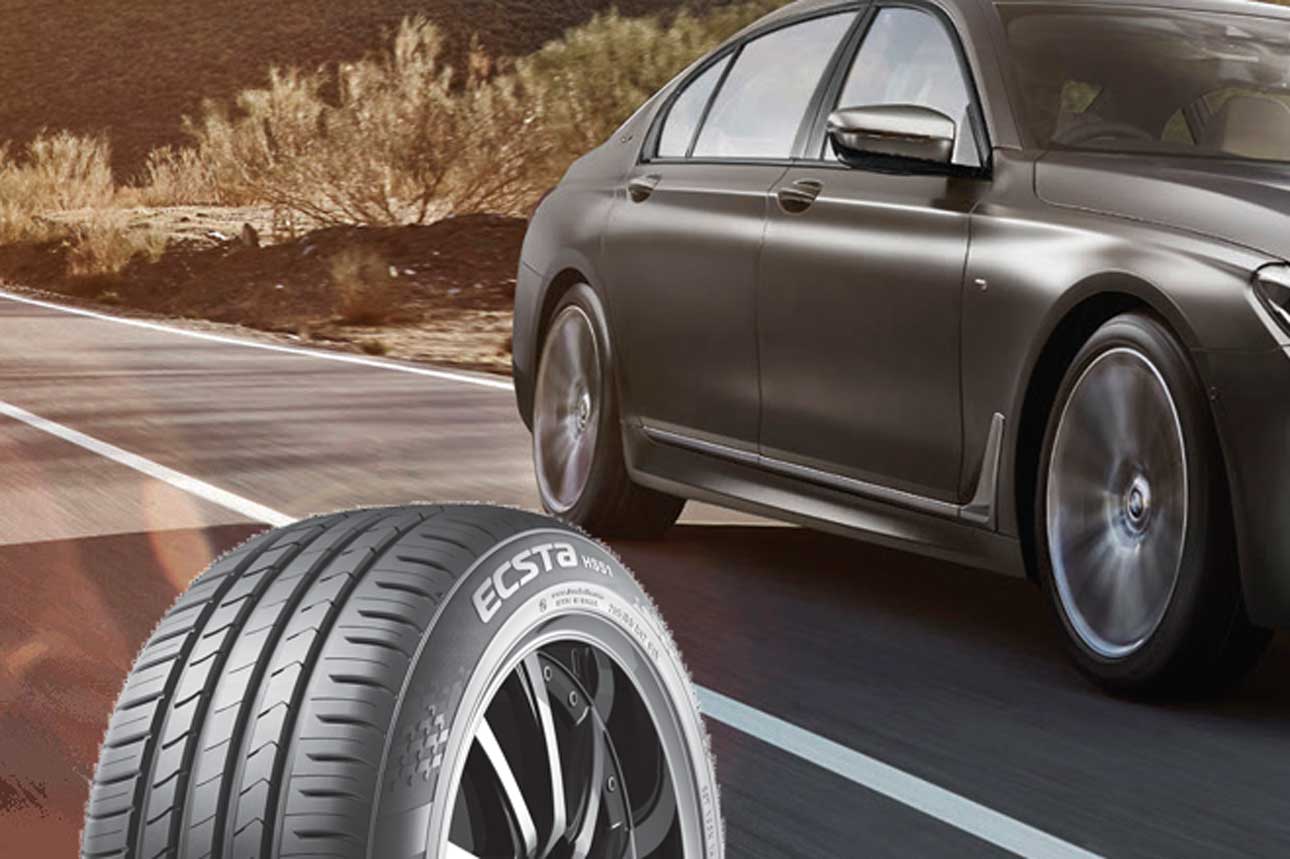Know your tyre size
Trying to read and understand your tyres may be a daunting task – especially for first-time vehicle owners. However, learning how to do so is in fact a useful skill to have. Understanding your tyres allow you to better care for them and help you be prepared to choose the right replacement ones and when you’re due for a tyre change.
Here’s a quick breakdown of the information that is printed on the side of your tyres.
- Size & Characteristics
The bulk of the information printed on your tyre is found within this combination of numbers and letters. All you have to do is to break apart the sequence to retrieve the following information:
Wheel Diameter/Width of Tyre
This measurement is taken from sidewall to sidewall and is listed in millimeters (mm).
Aspect Ratio
This is the ratio of the tyre’s cross-section to its width, expressed as a percentage. For instance, an aspect ratio of 60 simply means that the tyre’s height is 60% of its width.
Load Index
This refers to the maximum weight the tyre is capable of carrying and is listed in kilograms (kg).
Speed Index
This is the maximum speed this tyre can operate in when properly inflated and used under load. The speed rating is listed as a letter at the end of the sequence which can then be matched to an existing speed chart.
Manufacturing Date of Tyre
Also found on the tyres, but not in this combination of numbers and letters, is a code that tells you the week and year your tyre was produced.
This date of production is easily identified with the distinct letters ‘DOT’, followed by a series of numbers. To zoom in to when your tyre was produced, quickly look at the last 4 digits of this sequence. Out of these four digits, the first two numbers represent the week of production and the last two represent the year.
- Tyre Pressure Information
This tells you the maximum air pressure which your tyre can take. Tyre pressure is an important thing to take note of; improper inflation may have adverse effects on your tyres and the overall control that you have over the car.
Over-inflation creates a rounder surface area of your tyre. This leads to a reduced area of contact with the road, making your tyres more prone to impact damage.
On the other hand,  inflation creates a more rectangular surface area. Under-inflated tyres are unable to maintain their shape and as a result, become flattered when coming in contact with the road.
inflation creates a more rectangular surface area. Under-inflated tyres are unable to maintain their shape and as a result, become flattered when coming in contact with the road.
Either way, having over or under-inflated tyres causes your tyre treads to wear out unevenly, thus significantly reducing how long it can last.

